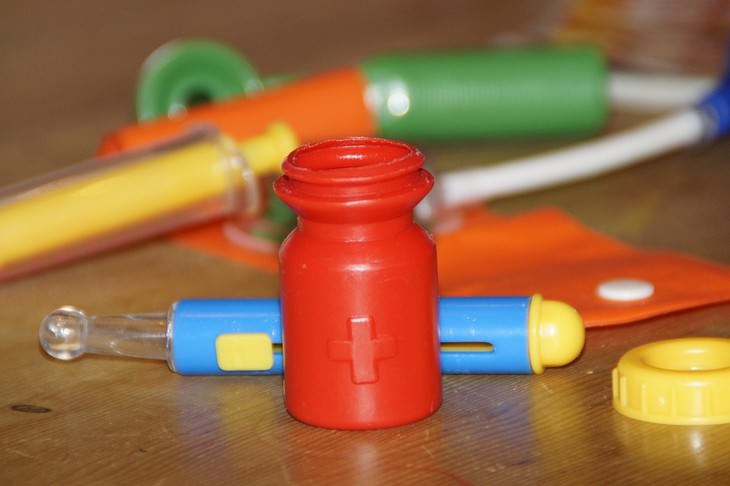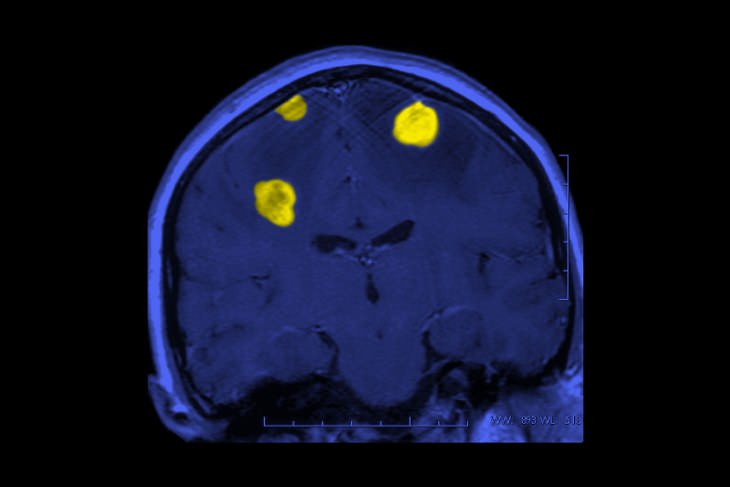High blood
sugar / hyperglycemia is common in diabetes when the body lacks insulin. If left
untreated, diabetes can lead to heart disease, nerve damage and other
complications. The GOOD Foot Doctor shares foot symptoms indicating high blood
sugar.
High blood
sugar/ hyperglycemia is a condition wherein the level of sugar in your blood is
too high. This is extremely common in people with diabetes, both Type 1 &
Type 2. The condition usually arises when your body doesn’t produce enough
insulin or the insulin produces isn’t used effectively due to insulin
resistance. Cleveland Clinic says that hyperglycemia usually means that you
have diabetes.
If diabetes
is left untreated, it can lead to chronic health issues such as heart disease,
nerve damage and diabetic neuropathy among others. Therefore,
it is important to keep a check on your body sugar levels and manage the
condition. However, the 1st step to managing the condition is to
spot the early symptoms of the condition.
The Foot Dr. shared the 5 signs of high blood (neuropathy)
that appears in your foot.
The following
are the symptoms shared by Dr. Tam
Burning sensation
(especially on the bottom of your feet in the heels, the soles and the toes)/
Numbness
Pins and
needles5
Tingling sensation
Cold feet
Loss of feeling
in your feet
Speaking on
the treatment for the health issue, The Good Foot Do. Said that if the
condition is related to diabetes, is important to manage your blood sugar levels. He
also says that nerve damage “is mostly irreversible depending on the cause”.
What are
the other complications of high blood sugar?
Cardiovascular
disease
Nerve damage
( neuropathy)
Kidney damage
) diabetic nephropathy) that could lead to blindness.
Bone and
joint problems
Teeth and
gum infections.
Problems in
the feet are caused due to damaged nerves or poor blood flow which eventually
leads to serious skin infection, ulcerations and in some severe cases, amputation.
These are
the long-term complications of hyperglycemia, read on to know the emergency
complications that can happen due ti high blood sugar,’
Diabetic ketoacidosis
Mayo Clinic
ssays this is a condition which develops when the body doesn’t have enough
insulin in the body. When that happens, glucose can’t enter your cells for
energy . your blood sugar level rises and your body begins to break down fat
for energy. When fat is broken down for energy in the body, it produces toxic
acids called ketomes. Ketones accumulate in the blood and enevntually spill
into the urine. If it isn’t treated, diabetic ketoacidosis can lead to diabetic
coma which can be life-threatening.
Hyperosmolar
hyperglycemia state
This is
a condition which happens when the body means makes insulin but it doesn’t work properly. This might lead
to increase in blood glucose levels, usually greater than600 mg/dL(33.2 mmol/L/
without ketoacidosis. If you develop this condition, your body can’t use either glucose or fat for
energy. Glucose then goes into the urine, causing increased urination. When the
condition isn’t treated, diabetic hyperosmolar nr hyperglycemic state can lead to life threatening
dehydration and coma.
This is only for your information, kindly take the advice of your doctor for medicines, exercises and so on.
https://gscrochetdesigns.blogspot.com. one can see my crochet creations
https://gseasyrecipes.blogspot.com. feel free to view for easy, simple and healthy recipes
https://kneereplacement-stickclub.blogspot.com. for info on knee replacement
https://cancersupportindia.blogspot.com for infor on cancer and health related topics
https://GSiyers
home remedies.blogspot.com is the latest addition to my blogs. I'm
going to add posts there, do give me your valuable feed back on my
blogs. Thanks a lot, take care, be healthy and be happy.
Labels: 6 signs of high blood sugar spot in your feet, hyperglycemia









